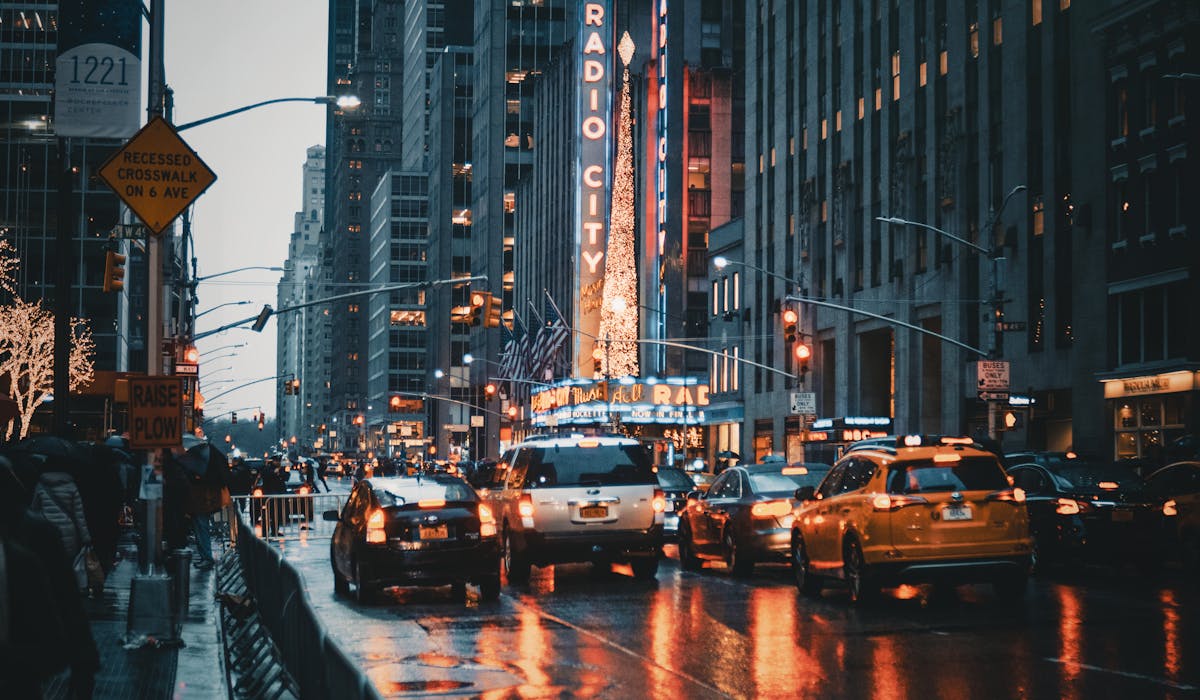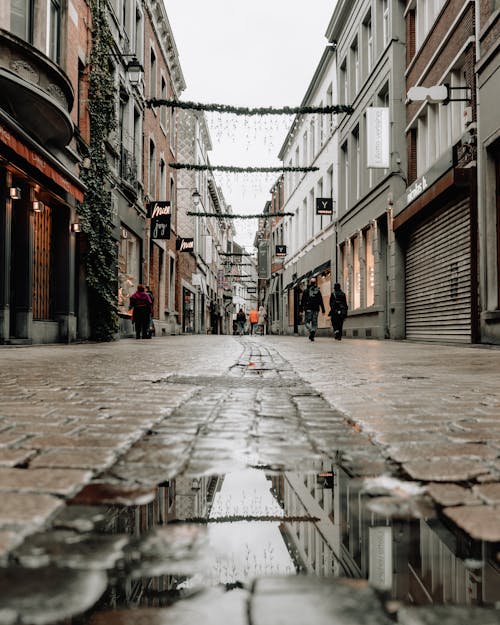The Facts About Framing Streets Uncovered
Table of ContentsFraming Streets Can Be Fun For EveryoneThe Of Framing StreetsEverything about Framing StreetsFraming Streets Can Be Fun For AnyoneFraming Streets Things To Know Before You Get ThisSome Known Factual Statements About Framing Streets
, normally with the goal of recording pictures at a crucial or emotional minute by careful framework and timing. http://go.bubbl.us/de6c3c/6f37?/Framing-Streets.
5 Simple Techniques For Framing Streets
Susan Sontag, 1977 Street photography can focus on people and their habits in public. In this regard, the street photographer is similar to social docudrama professional photographers or photographers who additionally operate in public areas, but with the objective of catching relevant events. Any of these professional photographers' pictures might catch individuals and home visible within or from public locations, which commonly involves navigating honest problems and laws of personal privacy, safety and security, and residential or commercial property.
Representations of everyday public life create a category in almost every period of world art, beginning in the pre-historic, Sumerian, Egyptian and very early Buddhist art periods. Art taking care of the life of the street, whether within views of cityscapes, or as the leading theme, appears in the West in the canon of the North Renaissance, Baroque, Rococo, of Romanticism, Realism, Impressionism and Post-Impressionism.
Excitement About Framing Streets
Louis Daguerre: "Blvd du Temple" (1838 or 1839) In 1838 or 1839 the first picture of numbers in the road was recorded by Louis-Jacques-Mand Daguerre in one of a set of daguerreotype sights drawn from his studio window of the Blvd du Temple in Paris. The second, made at the elevation of the day, reveals an unpopulated stretch of street, while the various other was taken at regarding 8:00 am, and as Beaumont Newhall reports, "The Blvd, so constantly filled with a relocating crowd of pedestrians and carriages was perfectly singular, except an individual that was having his boots cleaned.
, that was inspired to embark on a comparable documents of New York City. As the city established, Atget helped to advertise Parisian streets as a worthwhile subject for photography.

Framing Streets Can Be Fun For Anyone
The principal Mass-Observationists were anthropologist Tom Harrisson in Bolton and poet Charles Madge in London, and their first record was generated as guide "May the Twelfth: Mass-Observation Day-Surveys 1937 by over two hundred observers" [] Window cleaner at Kottbusser Tor, Berlin, by Elsa Thiemann c. 1946 The post-war French Humanist School photographers located their topics on Get the facts the road or in the restaurant. In between 1946 and 1957 Le Groupe des XV annually displayed work of this kind. Andre Kertesz. Circus, Budapest, 19 May 1920 Road digital photography created the significant content of 2 exhibitions at the Gallery of Modern Art (Mo, MA) in New York curated by Edward Steichen, Five French Digital Photographers: Brassai; Cartier-Bresson, Doisneau, Ronis, Izis in 1951 to 1952, and Post-war European Photography in 1953, which exported the principle of road digital photography worldwide.

Excitement About Framing Streets
, after that an instructor of young children, associated with Evans in 193839.'s 1958 book,, was substantial; raw and usually out of focus, Frank's photos examined conventional photography of the time, "tested all the official rules laid down by Henri Cartier-Bresson and Pedestrian Evans" and "flew in the face of the wholesome pictorialism and sincere photojournalism of American publications like LIFE and Time".